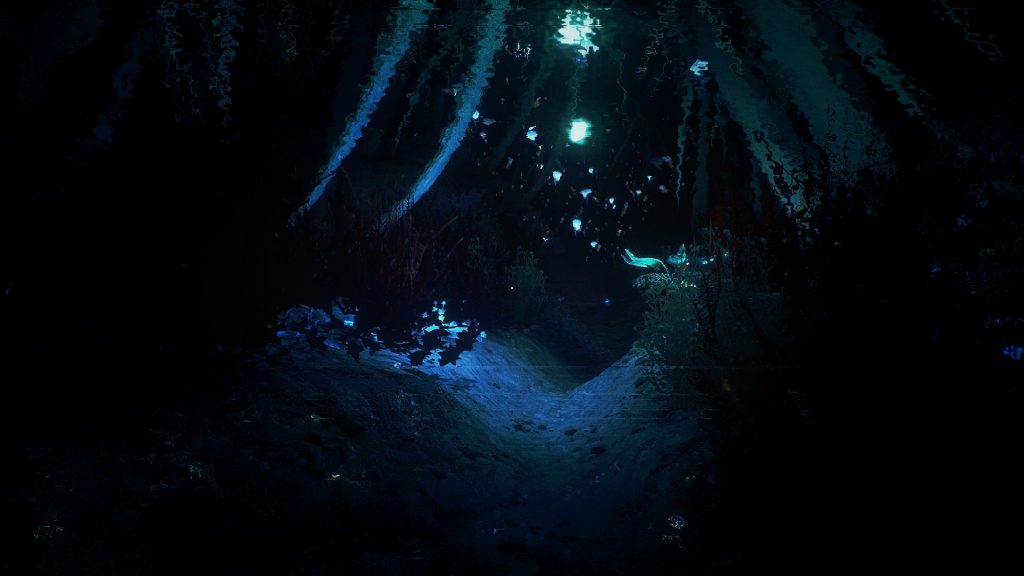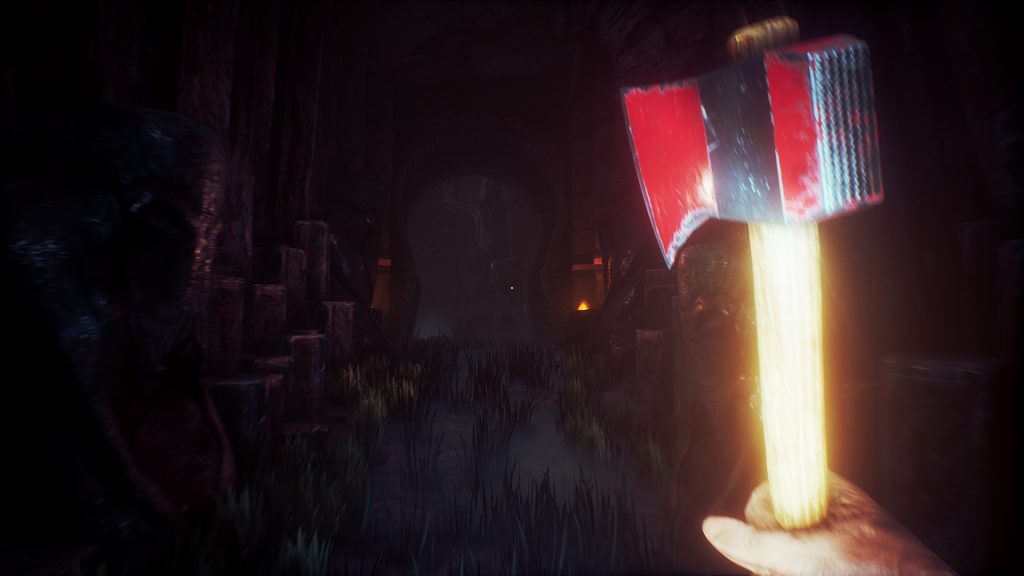H.P Lovecraft’s works have been a source of inspiration for numerous games over the years.
We’ve seen Cthulu-esque depictions in games like Bloodborne and Resident Evil but Conarium goes beyond this. It directly references the author’s works for its story. This isn’t a bad thing though and Conarium’s take on Lovecraft’s “At the Mountains of Madness” is compelling enough to satisfy any horror mystery fan.

Players take on the role of Frank Gilman, a member of a scientific expedition to the Antarctic. The expedition, which originally set out to uncover the hidden mysteries of the region, is based at Upuaut Camp, a small isolated outpost built on the frozen tundra itself.
The protagonist wakes up from a nightmare and finds himself alone in the basecamp. The power’s gone out and all access to communication with the outside world has been cut off. It’s up to him, and the player, to try figure out just what the heck happened to everyone and why he’s stranded in the frozen wasteland.
This is where Conarium’s mystery aspect comes into play. Slowly, piece by tiny piece, the player and Frank will fill in a journal as they find clues as to what’s going on in Upuaut.


Conarium’s puzzles are simple enough to solve, though they drive the story forward at a glacial pace. There are a few sections in the game where you’ll be stumped as to what to do next but upon further inspection of your journal, or after going through an area with a fine-tooth comb, you’ll be able to move forward once more.
Solving puzzles feels rewarding since Frank’s journal will update itself with new text and a sense of accomplishment will wash over you as you discover more. The game pushes you to explore, find hidden secrets and “Trophy items” since it reveals more of its backstory to you in this way.



Conarium’s mechanics essentially boils down to walking around with a first person viewpoint trying to find clues, interact with objects in the environment and solve puzzles that don’t require too much effort to solve. It may be a tried and trusted formula but it works well for the game thanks to the narrative painted by Frank and his journal. Eventually another character makes an appearance, via a two-way radio, and pushes you even further. The voice acting in the game is rather believable too but Frank’s constant confusion as to what’s happening eventually does get a bit grating towards to the latter part of the game.
The equilibrium between horror and mystery that Conarium establishes is constant throughout with Frank experiencing visions that are quite disturbing to say the least. There are no real weapons in Conarium and since you’re armed with only a flashlight at the best of times, there’s a persistent fear of the unknown that lingers with you. Even when brandishing an axe, you’ll feel unsafe because you can’t just hack away at anything.



Conarium makes perfect use of Unreal Engine 4’s atmospheric lighting effects and there are minimal complaints to be voiced about its visual department. Environments range from the eerie to the breathtaking. As a game that prides itself on horror and mystery above all else, the visuals and soundtrack are an excellent addition to the lovecraftian tale it tells.
The only real gripe with the game lies with the fact that it’s over far too quickly. Just when you think you’re getting into the real nitty-gritty of Lovecraft’s cthulu-verse the game comes to an end. There are two endings to choose from but both of these will leave you wanting more.


Conarium is a Lovecraftian tale that excels in multiple areas of both the horror and mystery game genre. Ultimately the game is let down by it’s short length (Roughly 4-6 hours long) and lacklustre endings. Zoetrope and Iceberg Interactive have created a great game though and it’s well worth playing through at least once.
- Conarium was reviewed on PC and a review code was provided by the publisher.

